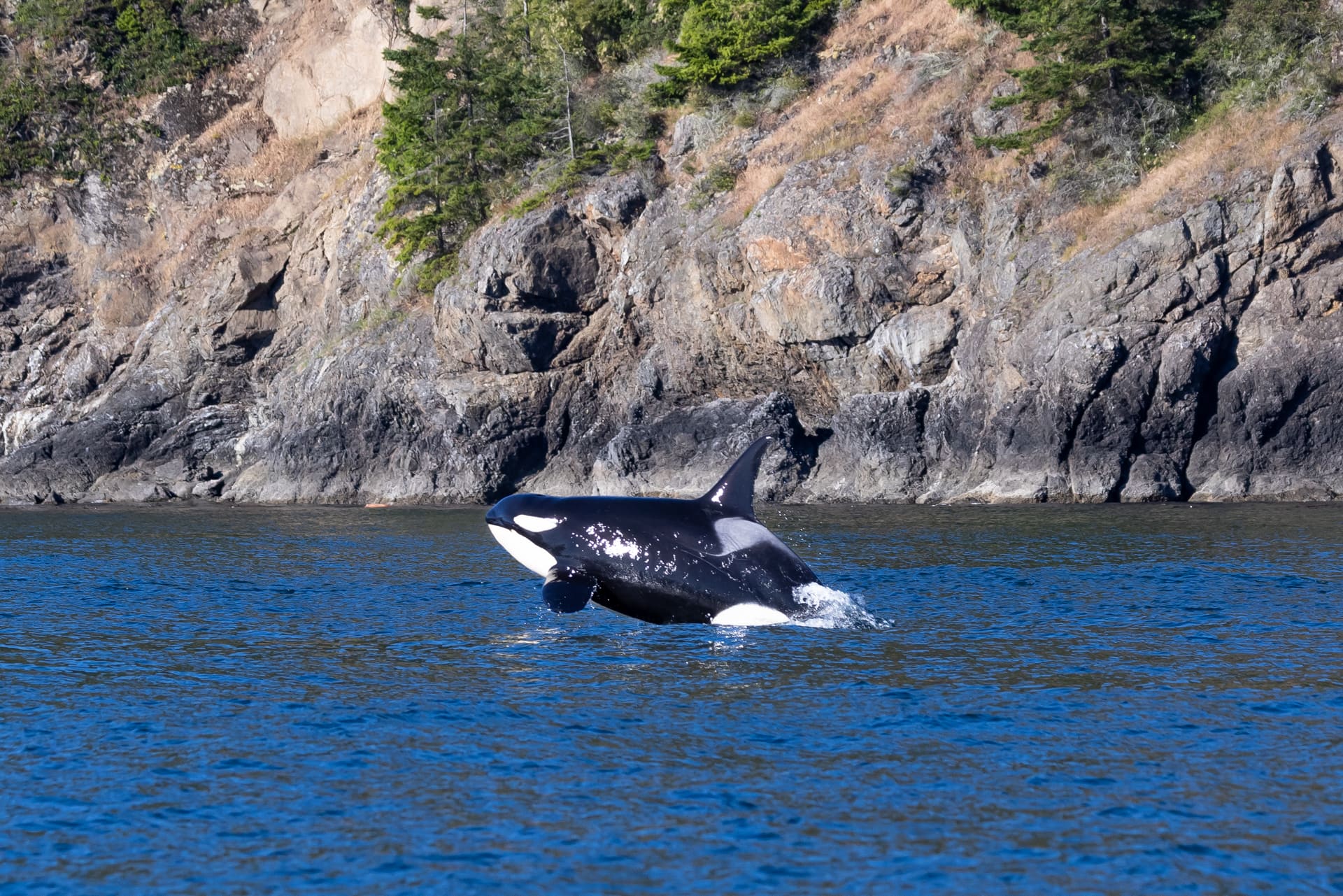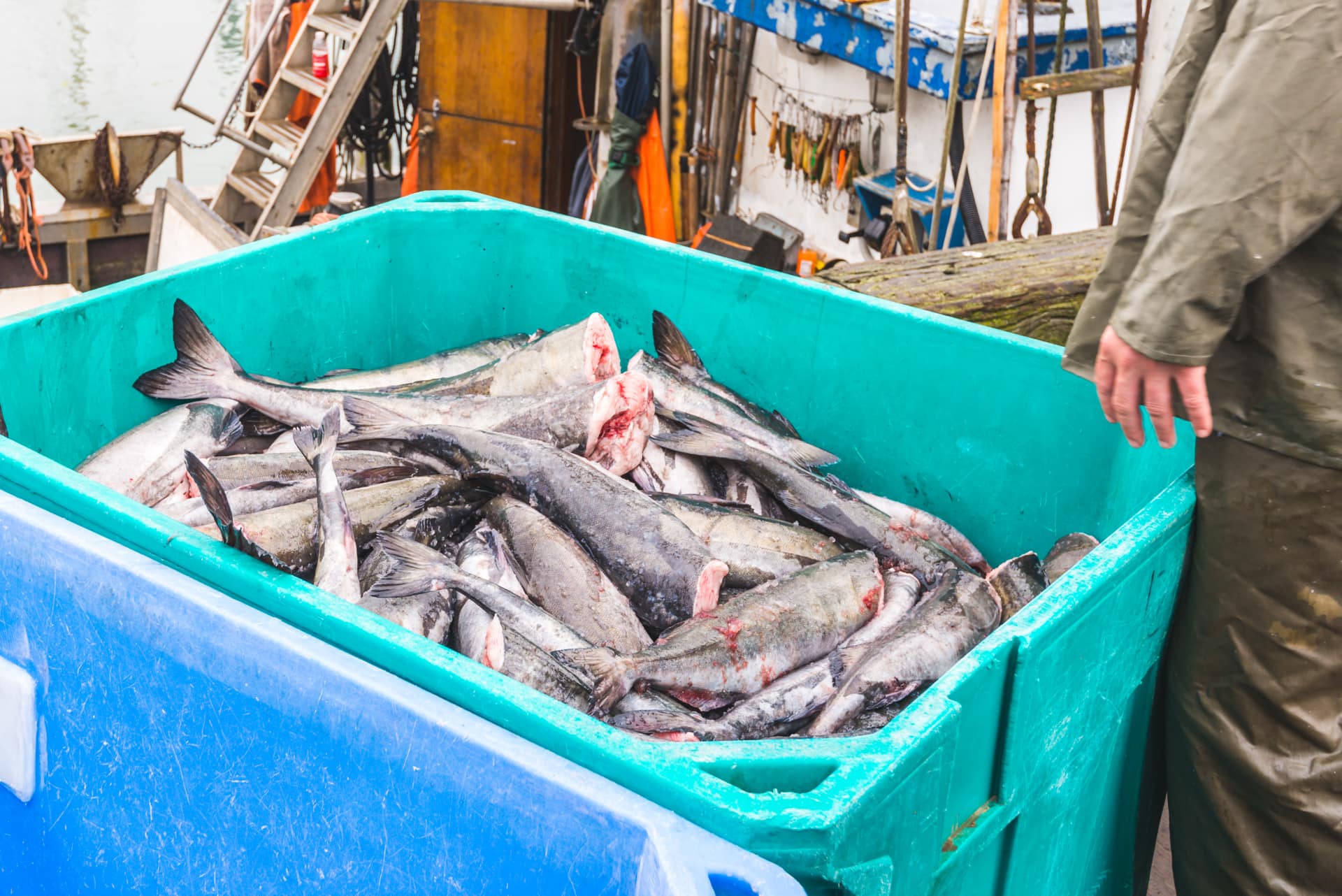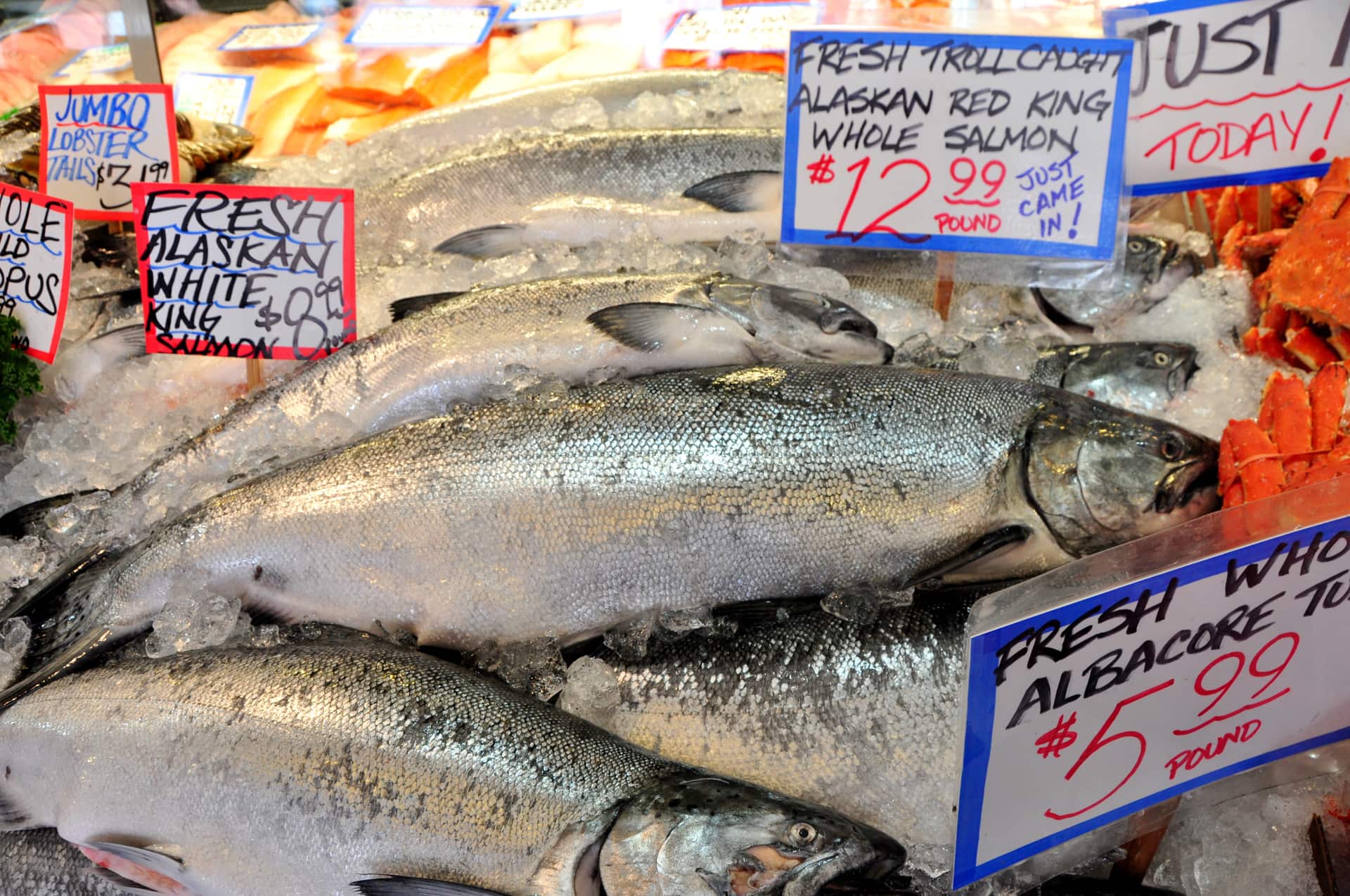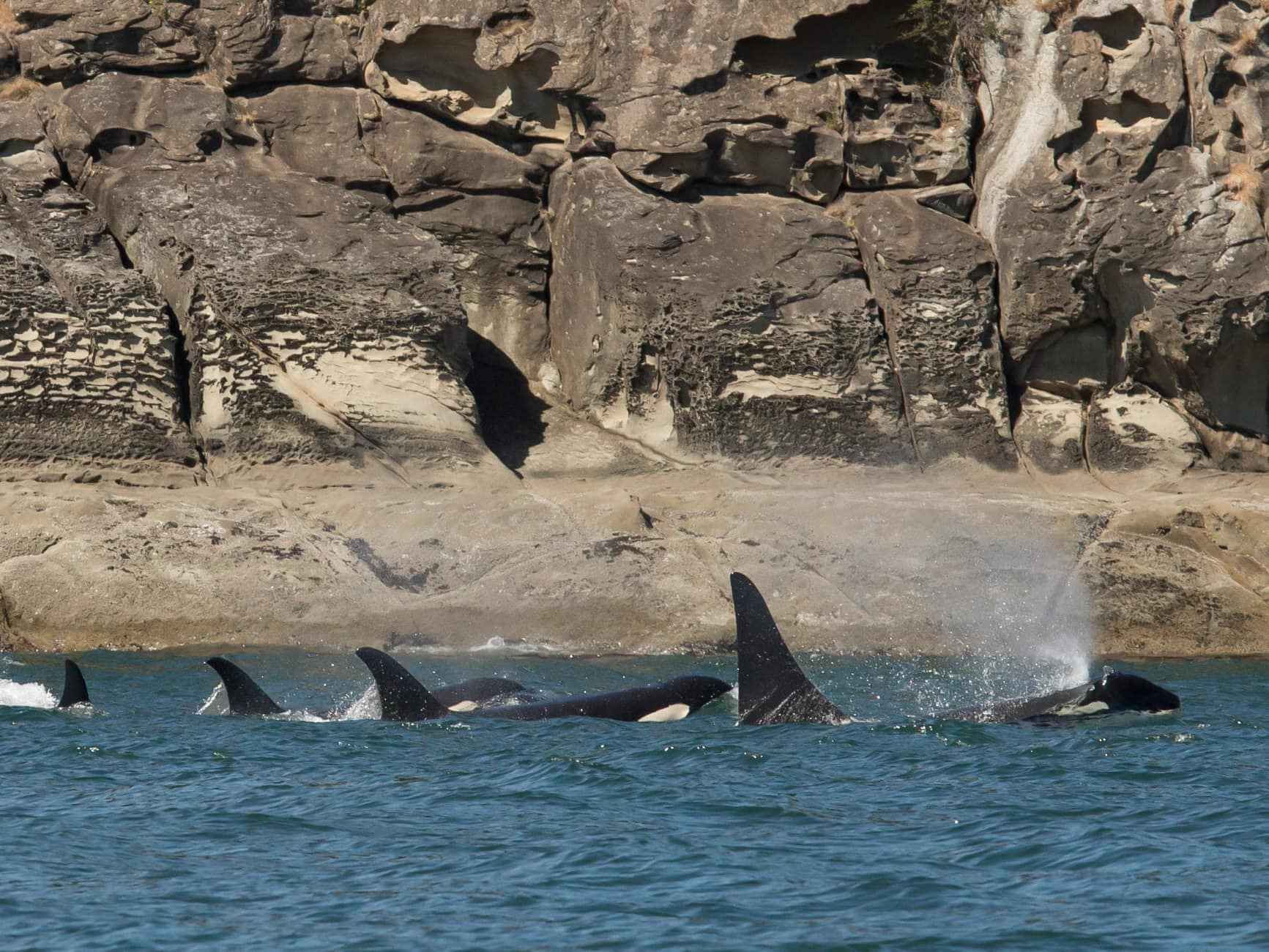
As we approach the end of 2022, only 73 Southern Resident killer whales remain. Without sufficient Chinook salmon for this population to thrive, we’re witnessing a shockingly high number of these whales in poor health. With deaths exceeding births this year, it’s been one of the worst on record.
According to a recent analysis by conservation scientist Dr. Robert Lacy, “The long-term population trend [declining at 0.5% per year] continues to be a slide toward extinction.” However, he also noted that just a 5% increase in the Chinook salmon available to these whales could halt their decline.
Since the government just made throttling back West Coast fisheries less likely, our hopes now rest on the outcome of a lawsuit against NOAA Fisheries by Wild Fish Conservancy. Of the salmon caught in the Southeast Alaska Chinook salmon fishery, an unsustainable 97% originate outside Alaska; in other words, they’re from rivers in the Southern Resident killer whales’ foraging grounds.
In his testimony to the court, Dr. Lacy estimated this fishery reduces potential prey by around 6%, possibly more. Simply put, catching salmon before they can return to spawn denies these endangered killer whales’ feeding opportunities.

Approximately 97% of all Chinook salmon harvested in the Southeast Alaska troll fishery actually originate from rivers throughout British Columbia, Washington, and Oregon.
The Judge’s recommendation would allow more adult Chinook salmon to return to spawn in their home rivers in Washington, Oregon, and British Columbia—the heart of the Southern Resident killer whales’ range. Essential—not just for these killer whales, but for the survival of wild Chinook salmon, whose future hangs in the balance.
“Such unprecedented action to limit fishing in Alaska would make more Chinook salmon available to these whales as potential prey,” said Dr. Deborah Giles, Science and Research Director at Wild Orca. “We could see more successful pregnancies and improved adult survivorship—both are essential if this population is to recover and grow.”





